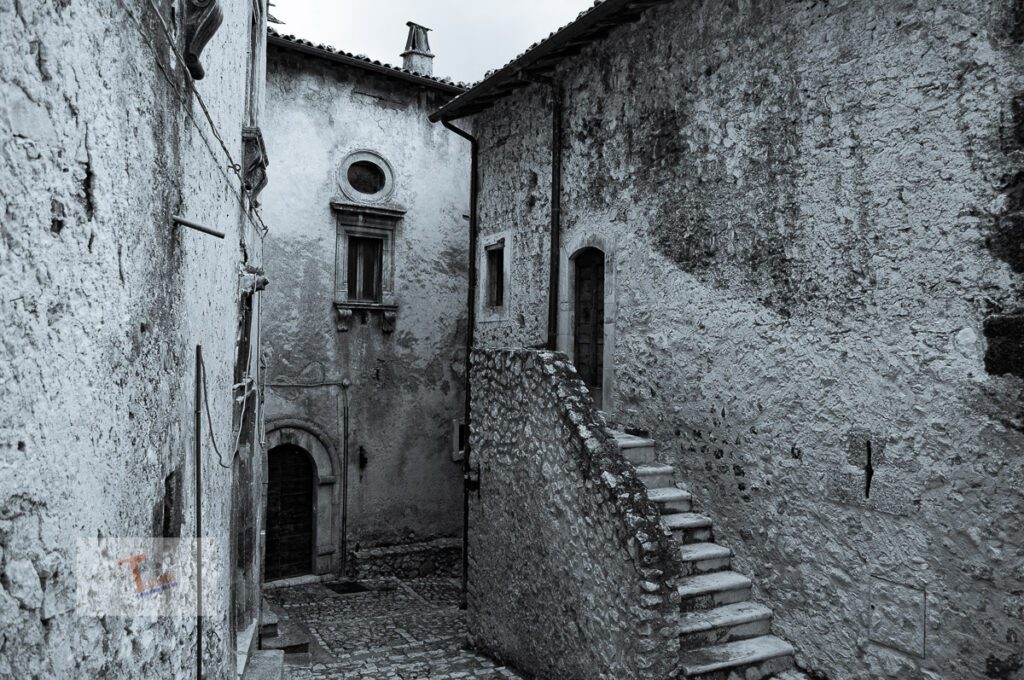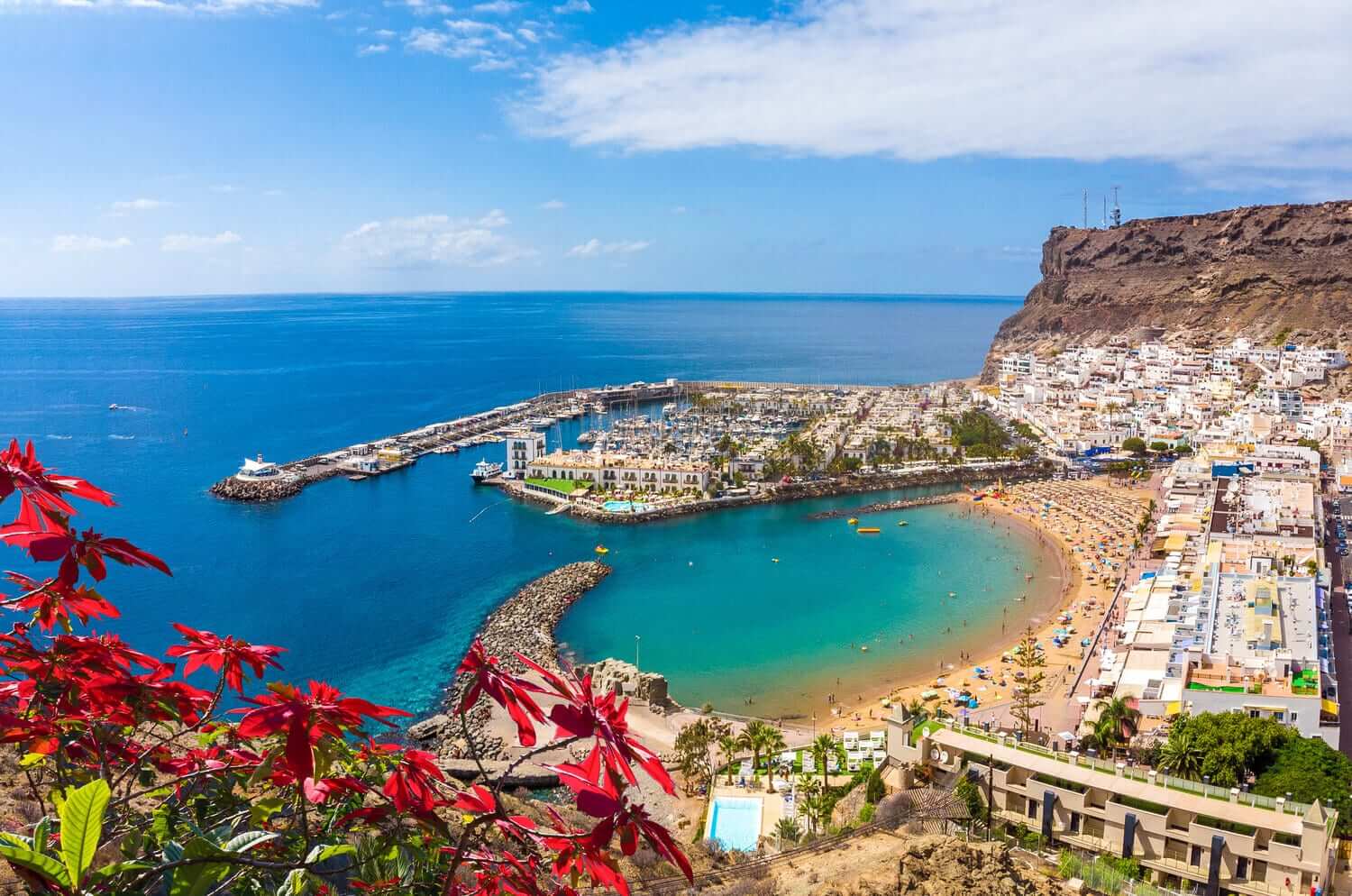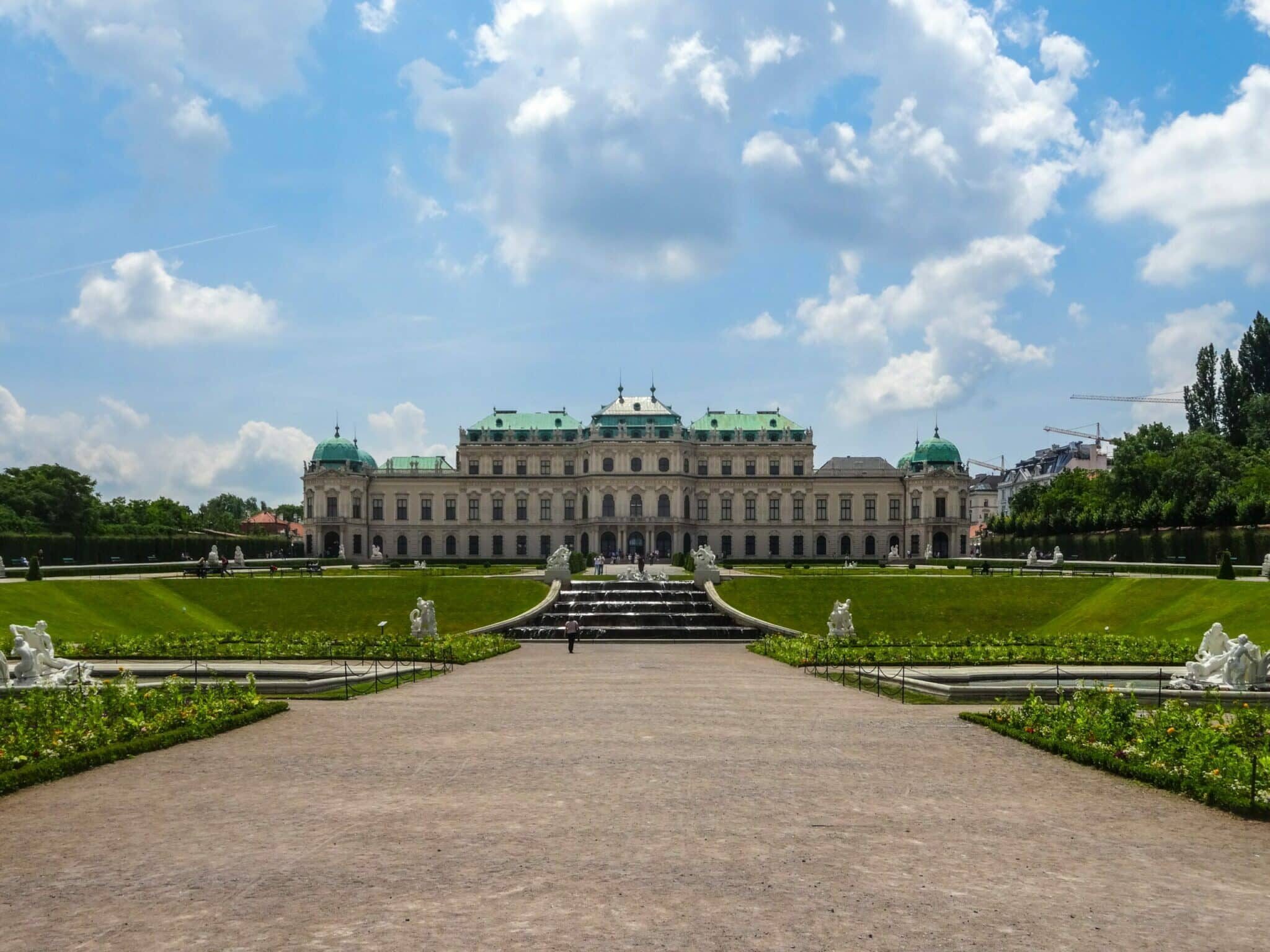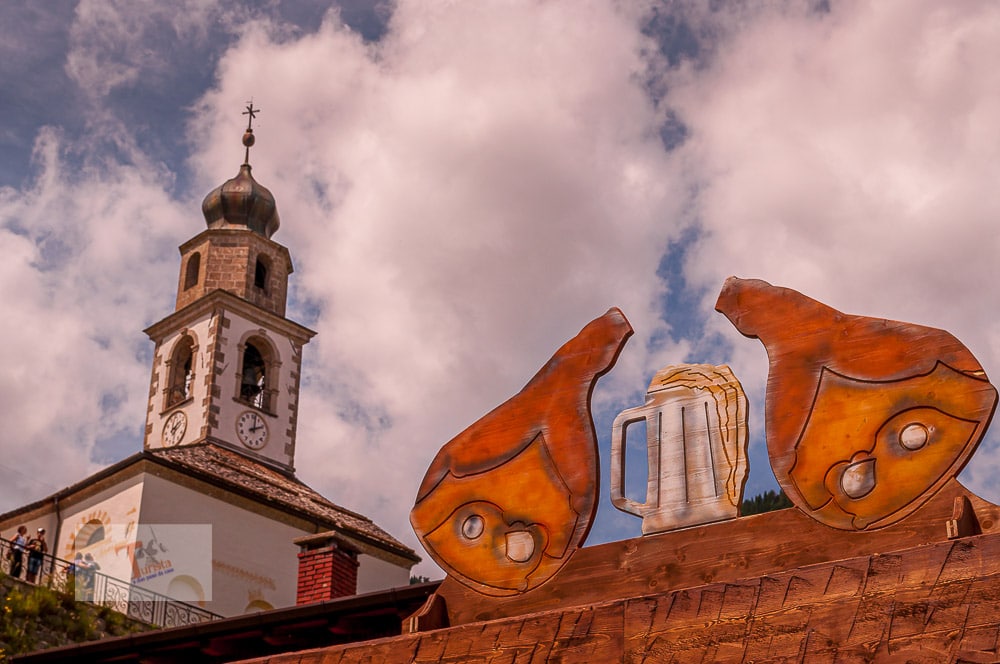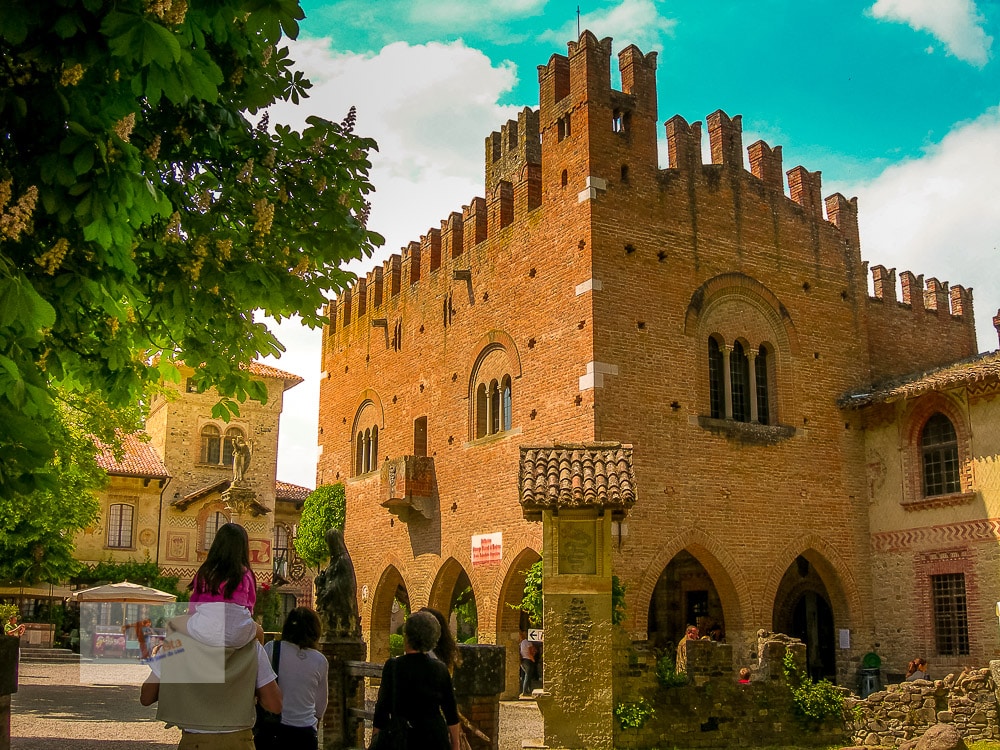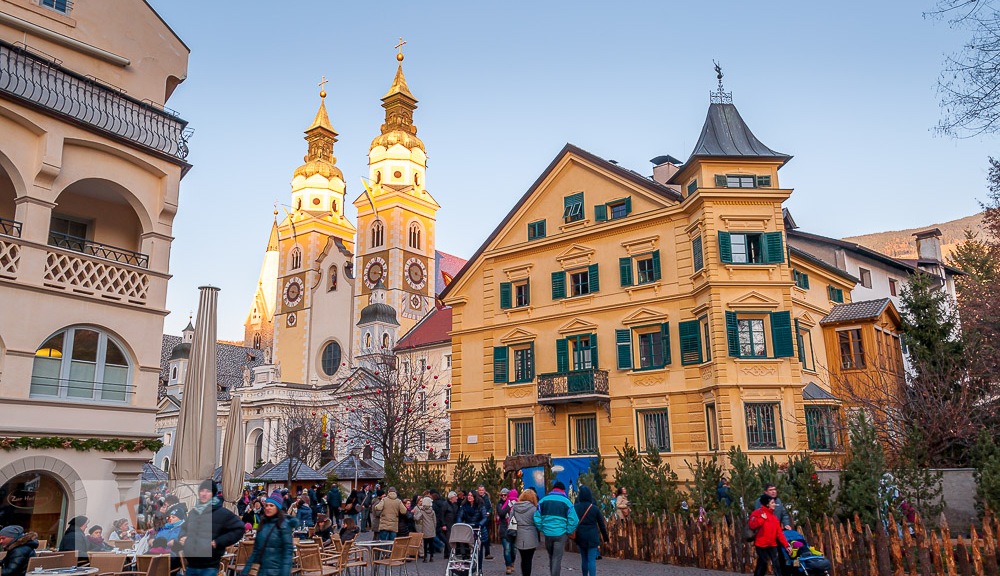Perched on a hill at 1,251 meters above sea level, the charming village of Santo Stefano di Sessanio, in the province of L’Aquila, in Abruzzo looks like a village straight out of a nativity scene.
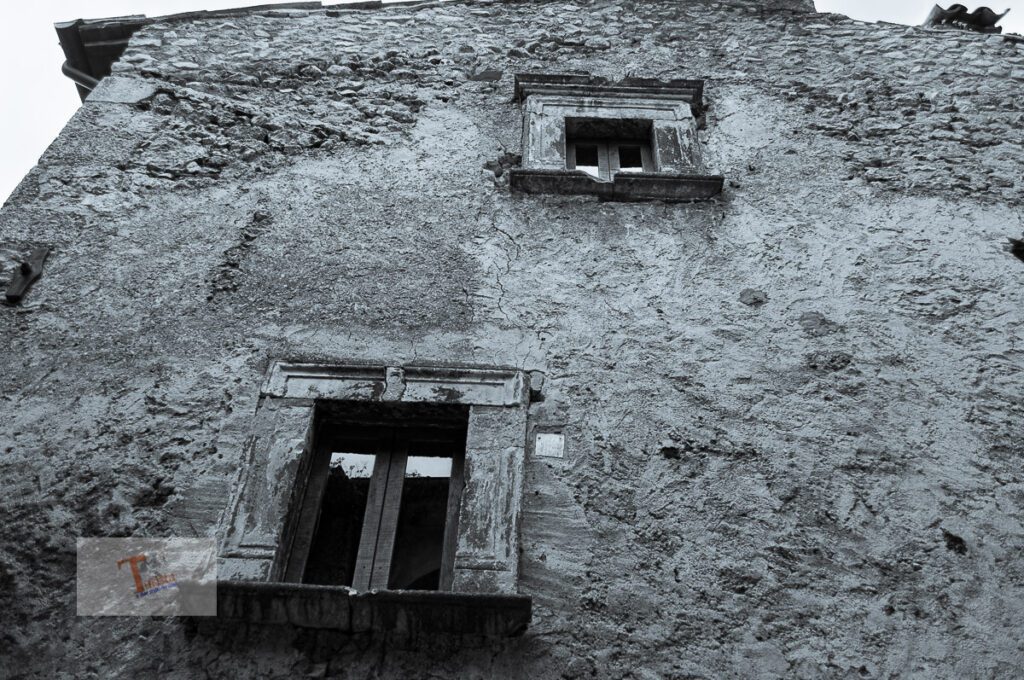
The location that suffered the Medici influence, on the south-east entrance door you can see the coat of arms of the Lordship of Florence, has the appearance of a fortified village, as the historic core is enclosed between adjacent buildings that in the past had the function of house-walls. But it is along the narrow and winding city streets that you can admire several period buildings dating back to the fifteenth century or the Captain’s house and the tower dating back to the fourteenth century.
A village, few inhabitants
Santo Stefano di Sessanio describes itself simply like this: few inhabitants, houses grouped side by side in a harmonious architectural decoration. It seems to be in the middle of a country of the nativity scene. However you see it, this is one of the most beautiful villages in Italy that retains a characteristic: a particular lentil is grown here, unique in flavor and tradition.
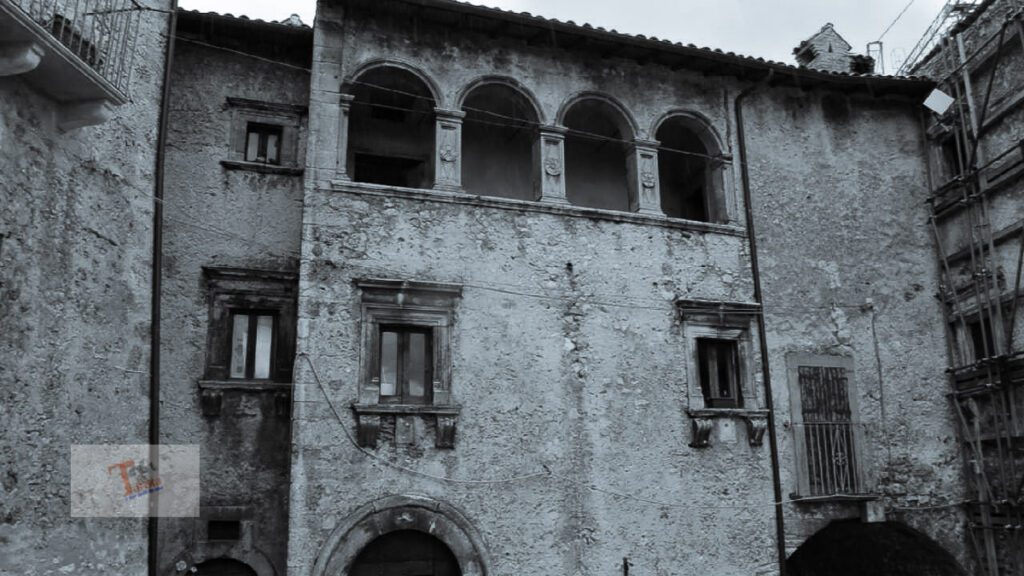
It pleasantly wanders through the few alleys of Santo Stefano di Sessanio which fortunately are not invaded by cars. Before entering the village there is the only parking where it is mandatory to leave the car. It is guarded by a couple of stray (meek) dogs adopted by the locals. A few steps from the parking lot is the Medici Tower.
Medici tower
The existence of the tower is documented in the fourteenth century, although historians believe it to be older than the arrival of Francesco de ‘Medici, the feudal lord who bought the Barony of Carapel from Costanza Piccolomini in 1579. It was the Doctors themselves who improved its initial functionality by making several changes. Damaged by the 2009 earthquake, it has been restored and returned to its former glory after heavy damage.
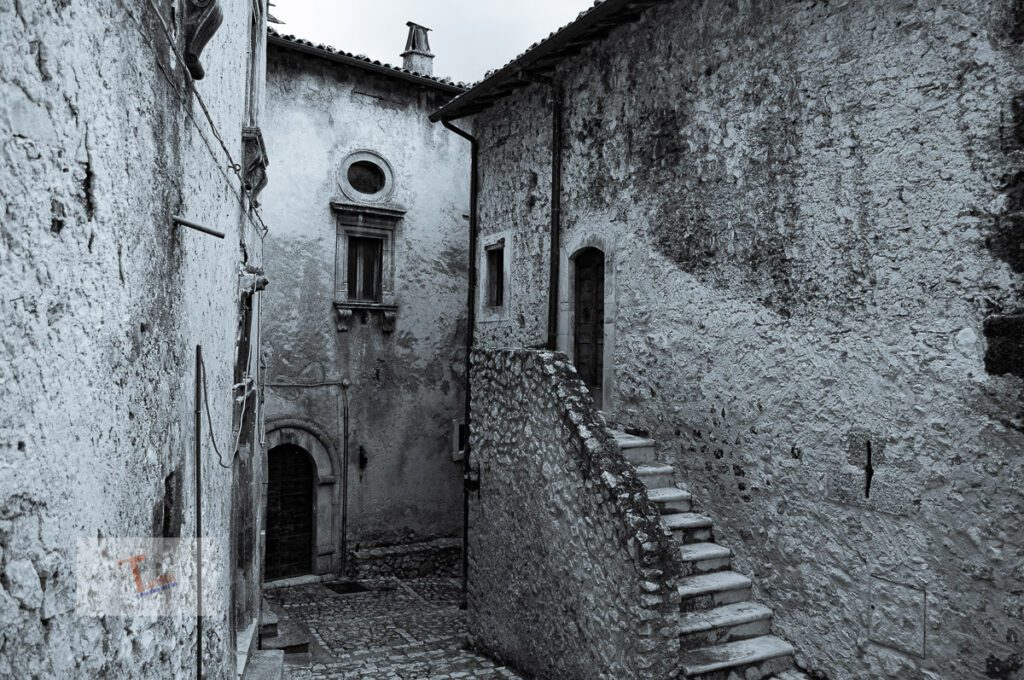
In the village, the streets alternate with stairways, such as the one that runs alongside the Church of S. Maria in Ruvo. This cult building dates back to the thirteenth century, you pass under arches that hide shops and lead to the houses, including the Casa del Capitano and other fifteenth-century buildings and a rather suggestive underpass created under the houses.
Captain’s House
This is the most famous noble residence in Santo Stefano di Sessanio. You cross it along via della Chiesa, not far from Piazza Medici. It is a stone building adorned with two large bastions and two mullioned windows of late Gothic style. On the main façade, the elegant Renaissance loggia dating back to the mid-sixteenth century stands out.
Church of Santa Maria delle Grazie
In Piazza Medici, there is also the church of Santa Maria delle Grazie or the church of Santo Stefano. Dating back to the 18th century, it had a stone facade and bell gable.
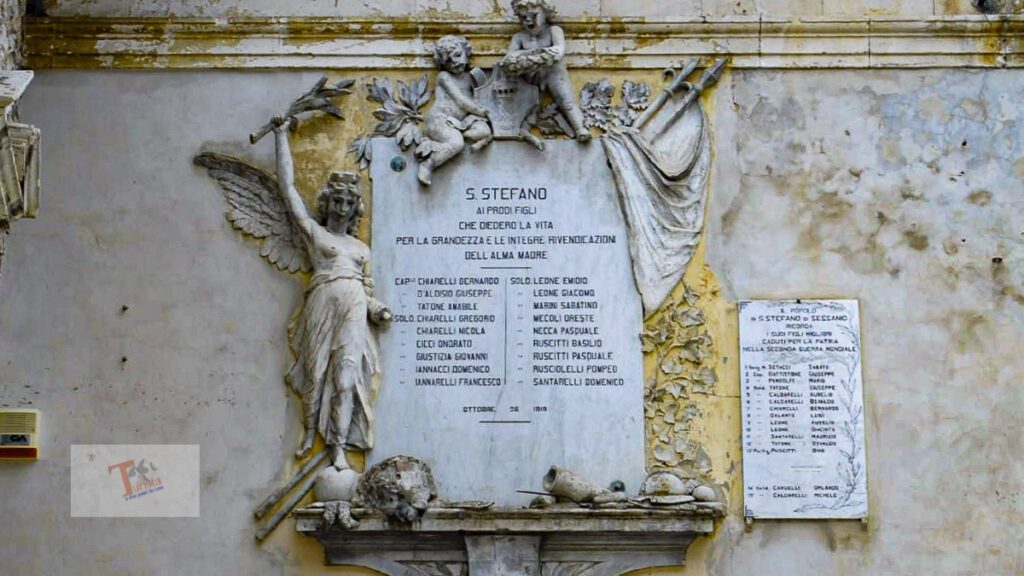
After 1918, at the end of the Great War, a large plaque was added with the allegory decoration of the winged Victory. On a central marble slab, the list of the fallen in the Great War. To this, a second plaque was added after the Second World War, in 1946. As for the cult building, the entrance portal was the only decorative element before the realization of the War Memorial, it has a Baroque style. The interior of the church of Santa Maria delle Grazie has a single nave. The statue of the Beata Vergine Maria del Carmine is housed in the chapel of the main altar.
City gate
The city gate is one of the entrances to the village and is located next to the church of Santa Maria delle Grazie. Presumably, the city gate pre-existed the arrival of the Medici. As we see it today, it is the result of the restorations carried out in the sixteenth century. The door is surmounted by the Medici coat of arms. In ancient times it could have had a machicolation to counter the enemy assault and was equipped with a crenelated tower that no longer exists, perhaps it was destroyed during the earthquake of 1703.
Homes and public premises
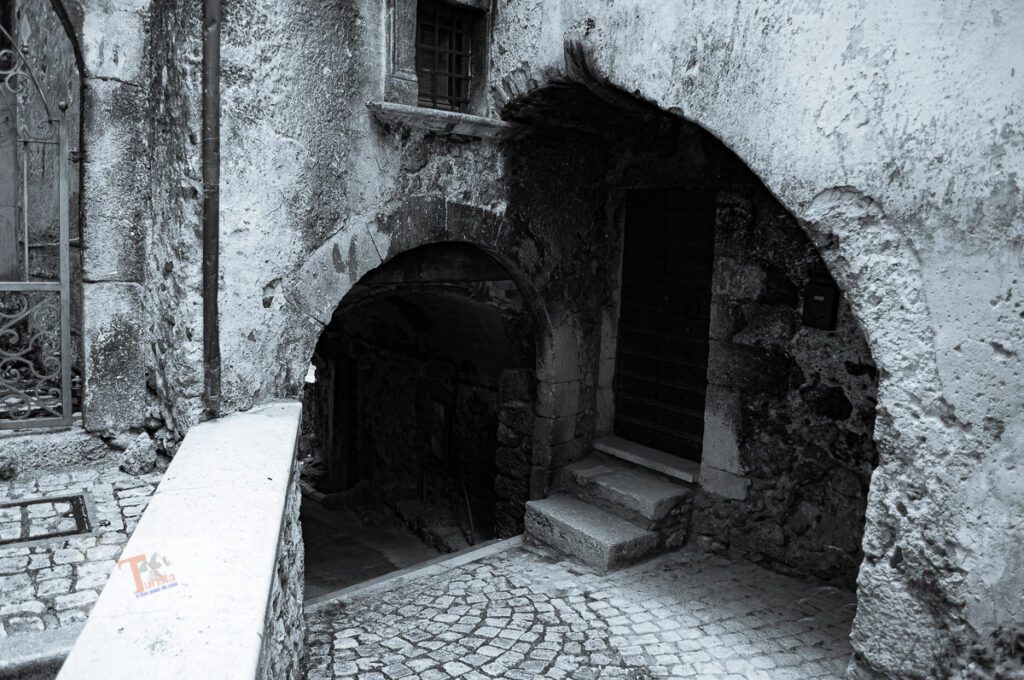
Along the alleys of Santo Stefano di Sessanio, there are the rooms of a widespread hotel and some restaurants. But these are so small that you need to book well in advance to find a table. The Locanda di Geppetto is recommended. The small family-run restaurant where the cuisine is zero-kilometer. The head of the family is also a farmer and breeder.
To complete the city tour, outside the town you can visit the church of the Madonna del Lago, dating back to the seventeenth century.
Madonna del Lago chapel
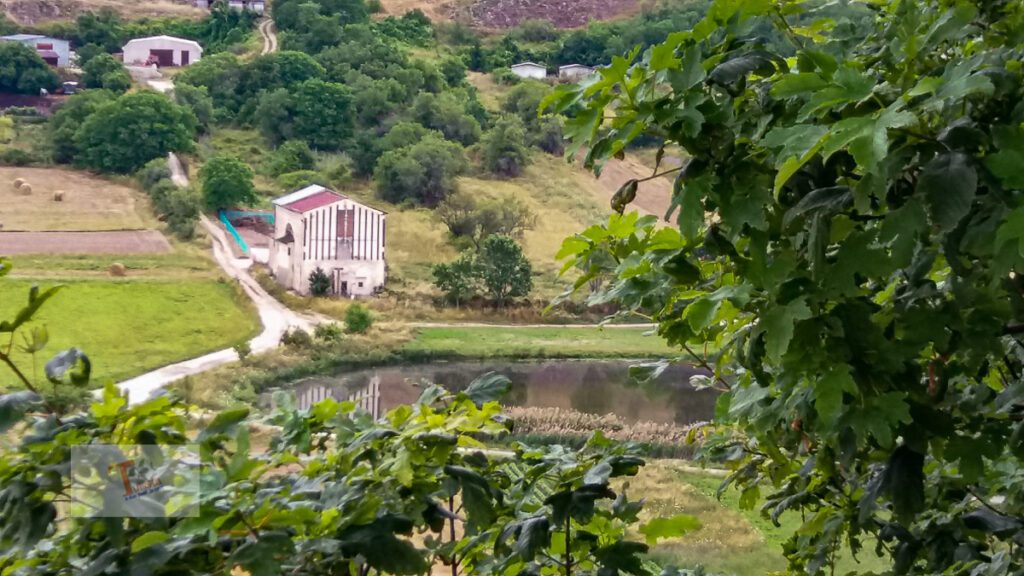
You can see it already from the car park. Just outside the center, at St. Stephen’s lake, which is formed by the melting of snows, the small church or chapel of Our Lady of the Lake. It is a small building of worship baroque mold from the XVII century, with a nave and a portico on the facade.
Trekking to Rocca Calascio
Santo Stefano di Sessanio is also the starting point of a suggestive trek that will take you up to 1,512 meters of the Roccacalascio Castle, one of the highest manors in Europe and which was depicted in the old 50 lire stamps of the 70s of last century. The castle can also be reached by car.
How do I get to Santo Stefano di Sessanio?
Santo Stefano di Sessanio can be reached by taking the A24 motorway, exiting L’Aquila Est, then taking the SR17bis up to the junction for State Road 17. Then continue on the Provincial Road Barisciano Castel del Monte until you reach your destinations

